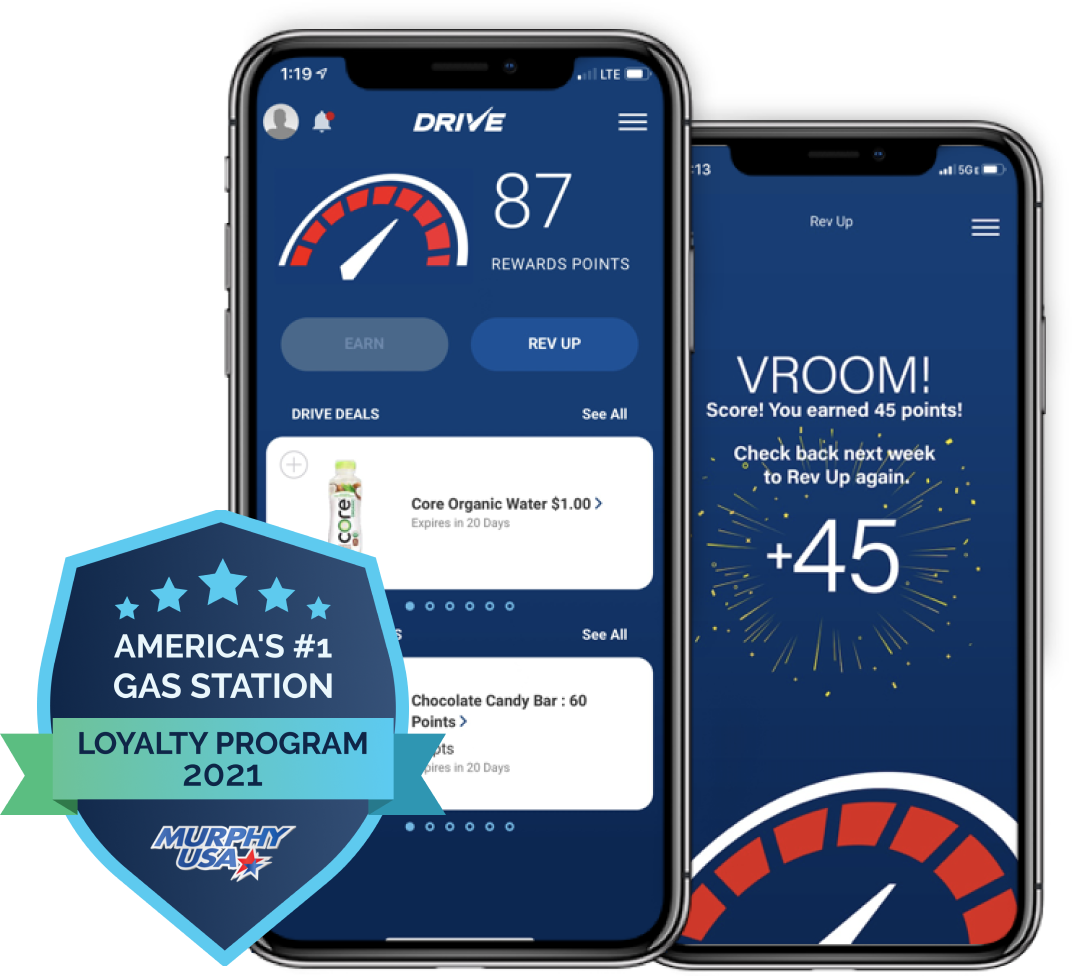When it comes to designing social experiences, one must take into account many factors – most importantly your consumer. Who are they? What are they doing? And, critical to this post, where are they? We have the opportunity to work with some of the largest brands in the world, and, as Uncle Ben almost said, with great size comes great scale. Designers of these social experiences need to build programs that exist on multiple platforms and devices, based on location and demographic, and a deep analysis of the consumer and their digital habits is required for the program itself to be a success.
When it comes to these local experiences, building and deploying an application or social microsite should be focused on the platforms that are most effective. For example:
- When working with clients with a strong presence in Japan or China, Mixi and Ren Ren, respectively, need to be involved in the program build from the very beginning, as the functionality and mechanics of each platform vary and must be accounted for.
- If the brand is popular in Brazil, then Orkut (60% Brazilian) and the brand’s .br site should be involved in the build.
- When working in Canada, should the program be localized for Quebec and have a French language option (the Régie requires this if the program is a promotion)? Or do you build out a completely separate experience because the quebecoise don’t really like the whole “translation” thing; they’re a distinct people with their own culture and deserve their own separate experience, which must be accounted for.
However, when a campaign is global, and encompasses many nations and cultures, then how do we localize that experience so that it feels natural across each instance? Now we must understand business capabilities and restrictions.
For some clients, localizing an experience simply means translation of copy and creative within an experience and displaying the appropriate version to the appropriate user based on that user’s Facebook language settings. For others, we include language toggle options for the user, who may have a preference different than their default Facebook language settings, or we’ll verify via IP (which is less reliable).
Some clients have localized social content teams, whom we leverage when building out experiences that must be custom localized on a market-to-market basis. This creates added flexibility and requires a much more dynamic build to accommodate for multiple CMS back-end administration permissions and functionality. For retailers and service providers, for example, messaging and functionality may have to change based on region because shipping or service may not be available in all areas, but the brand will still want to message those folks for added awareness and viral spread through the Graph.
There are many ways to handle localization, but the good news is that we don’t have to guess at our solutions. In every case, the answer becomes apparent after we do a deep analysis of our client’s business requirements, business objectives, operational capabilities, and their consumer preferences.
This post originally appears on the Dachis Group Collaboratory.






